To Meet Today’s Consumer Needs
With the multitude of technological advancements coming to the fore daily and the easy availability of almost everything, modern-day customers have come to expect more from brands nowadays. They need solutions that are tailor-made for them. This shift in customer demands is further fueled by the widespread adoption of mobile devices.
In order to have an edge and stand out in an increasingly competitive marketplace, brands should be ready to deliver a personalised experience and if they aren’t, then they should be prepared to lose potential customers to competing brands.
Hyperlocal marketing forms a significant aspect of enabling this personalised customer journey but it is only successful if done at a certain pace. You need to be quick to adapt to dynamic demands, should stay ahead in terms of understanding and harnessing the opportunities offered by local trends, and must have a robust tech infrastructure in place to facilitate all this.
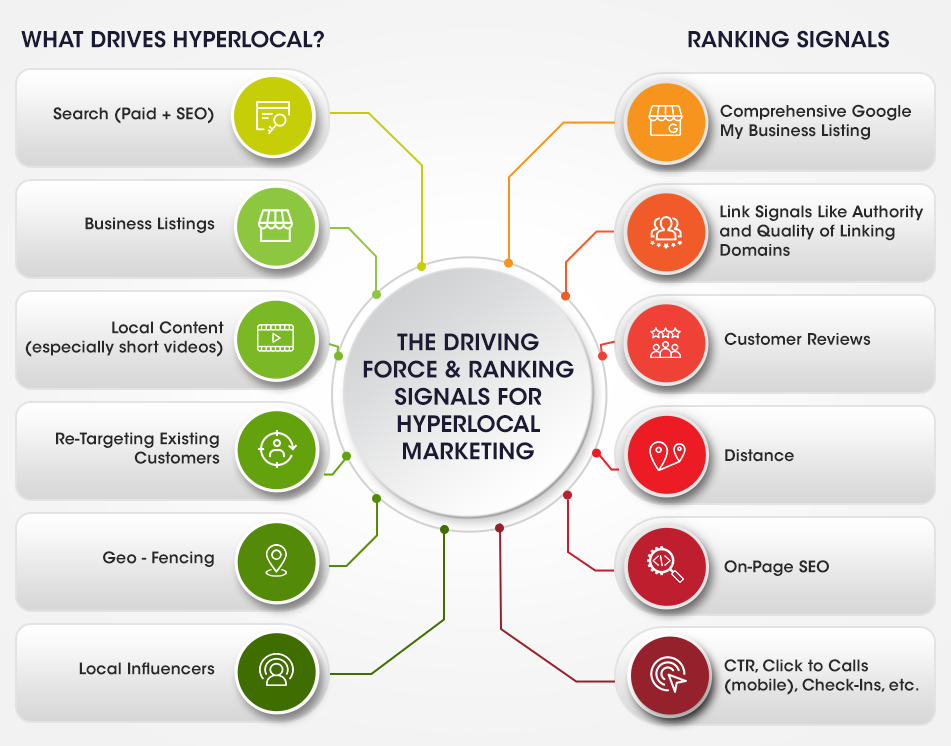
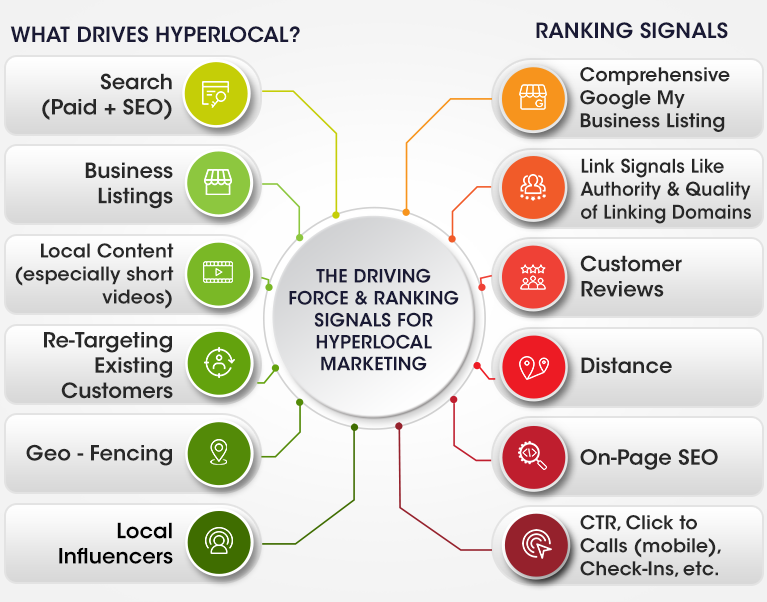
Going Back to the Roots
In all honesty, ‘hyperlocal’ sounds more like a buzzword that has been doing the rounds for ages. In fact, years ago, before the technology boom brought about all this connectivity, ‘word of mouth’ used to be the only way to increase brand awareness. In that sense, ‘word of mouth’ was the primary driver of hyperlocal marketing before Digital came into the picture.

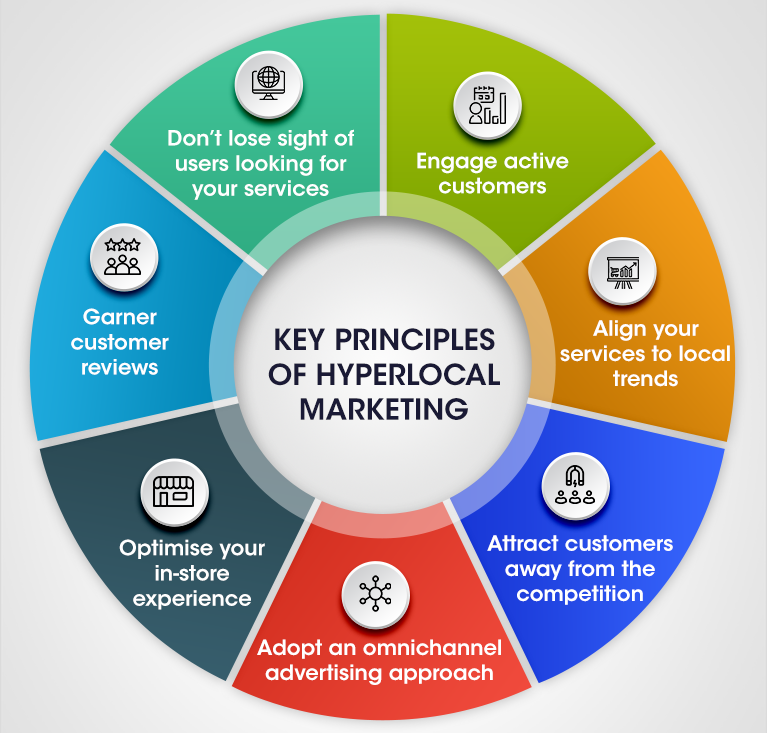
Fundamentals of Hyperlocal Strategies
Hyperlocal marketing has a very clear objective – to allow brands to capitalise on the “near me” searches. Plus, it is a given fact that customers who are conducting these searches more often than not display high purchase intent, which makes hyperlocal a lucrative direction for marketing strategies, thus promising higher ROIs. The intent behind this form of marketing is to drive footfall to physical locations with a strong focus on local customers. With a more specific targeting as compared to other marketing strategies, hyperlocal marketing is a good choice for improving in-person sales numbers and increasing brand awareness.

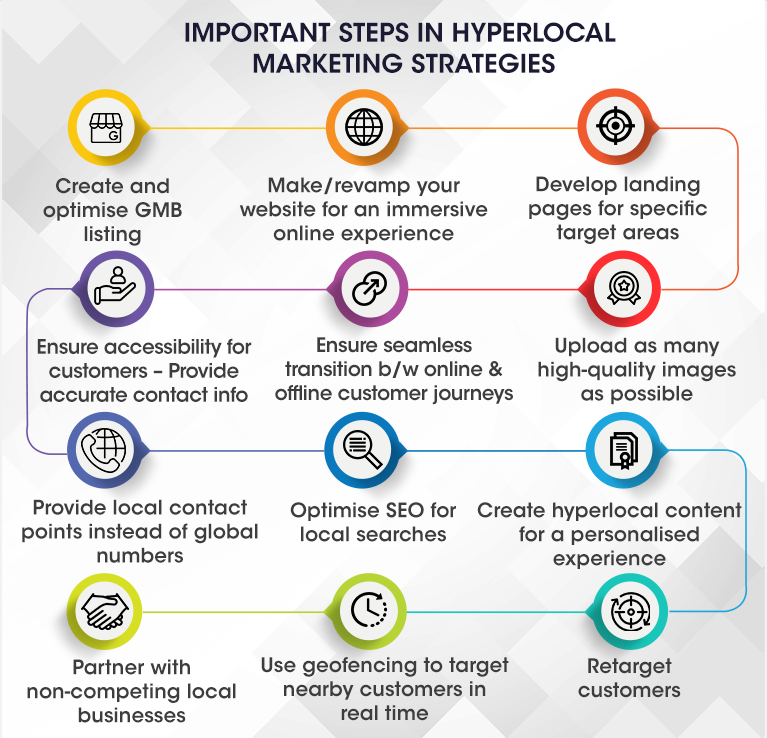
Creating the right hyperlocal strategy requires an extremely subjective approach to ensure it works well for your niche and offerings. That is why you need to be prepared to put in the due effort, research and thought. Here are some important tips and factors that you should keep in mind: -
- Invest in the Right Tech: A robust IT infrastructure doesn’t only offer you capabilities for quick adoption, but also helps ensure an optimised online customer experience along with customer data protection.
- Integrate Automation: A popular trend in manufacturing industries, automation does not have to be limited to industrial robots. With automated processes and software, you can ensure faster turnaround times, faster scaling, and reduce the man-hours involved along with the risk of human errors.
- Scheduled Governance: With separate landing pages for different locations, localised content, etc., brands need to ensure that the brand message remains consistent throughout and is not diluted by local partners; it should meet individualised customer demands while retaining brand perception. The entire operating model will need to be rewired to facilitate a granular-level approach as well as communication consistency. Standardise communication across campaigns, take local KPIs into account, and leverage local insights.
- SOPs: With several locations with personalised content being involved in a hyperlocal strategy, it is crucial to have a proper guide in place that can be followed by everyone to ensure the end customer is getting the experience that the brand wants to deliver. Strategize unique ways for displaying your brand values and employ an Always-On approach to increase your local brand awareness.
- Marketing Dashboards: Having a regional understanding of local audience and market trends is an important aspect of hyperlocal strategies and the best way to do so is by collecting data about brand perception. Employ a holistic, consumer-level data collection and analytics to drive hyperlocal strategizing. Not all data points that you collect may be relevant, but they should be collated and made available for a quick glance at any time through proper marketing dashboards.
Creating and implementing successful hyperlocal strategies cannot have a static, one-size-fits-all approach. Brands need to be as dynamic with their strategy optimisation as the demands of their consumers.
If this is something you feel your business can do with, then hey, we are here to make it happen.
Karan’s expertise lies in his ability to imagine and appreciate how all digital channels can work together. He quickly understands the client’s business challenges and how integrated digital solutions can be tailored to achieve their set goals. In recent years, Karan has powerfully built the hyperlocal marketing division which caters to Auto and BFSI sector clients.
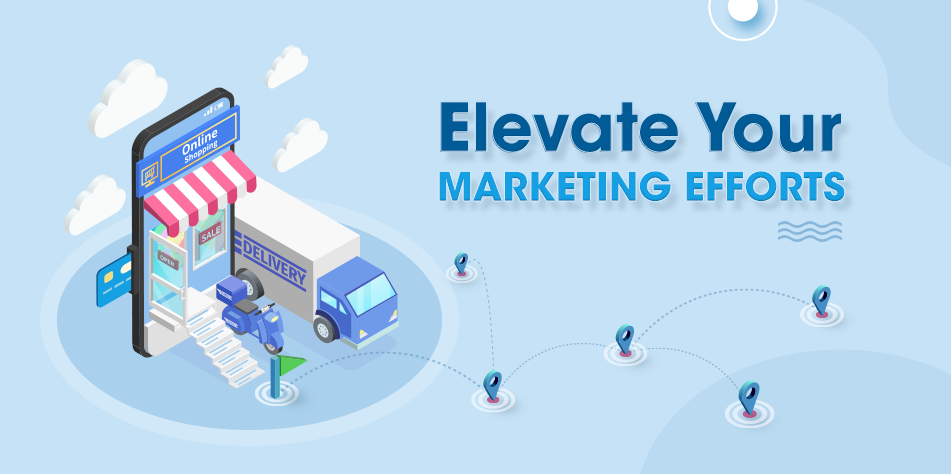





Leave a Comment